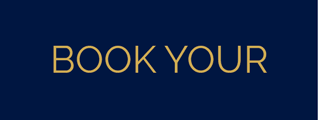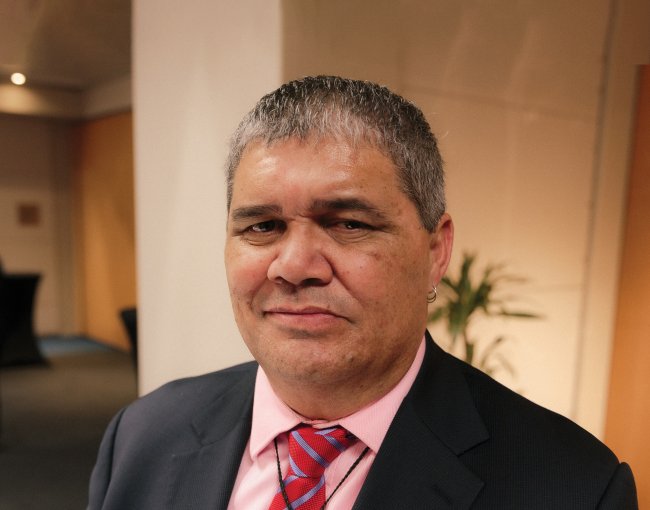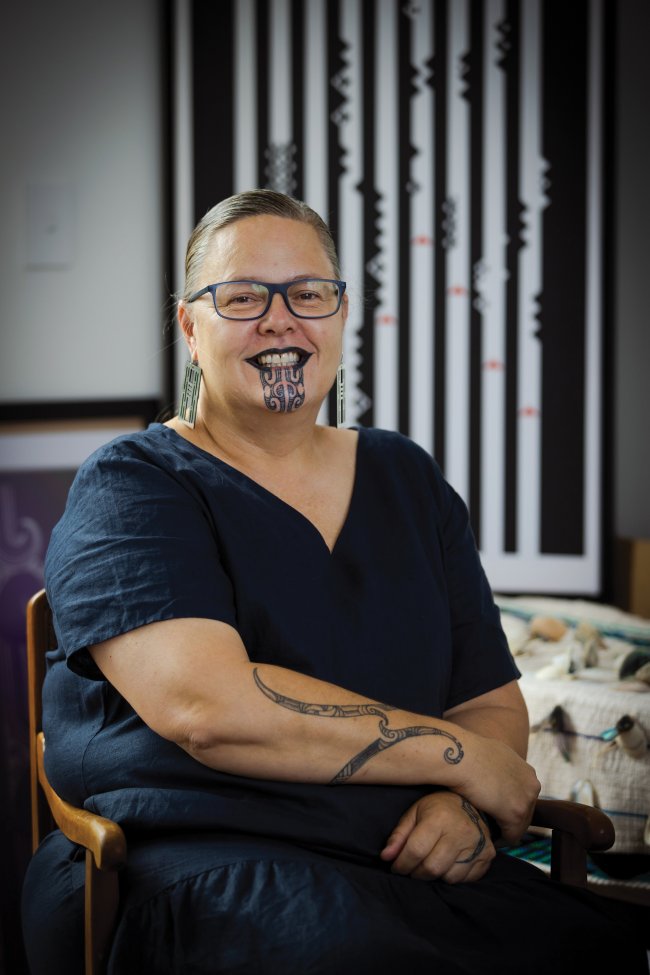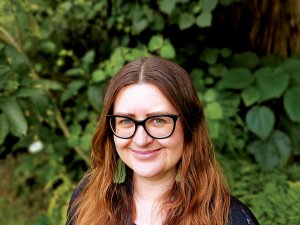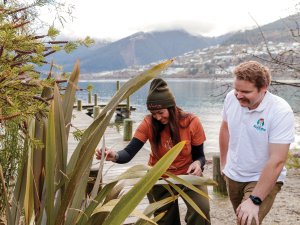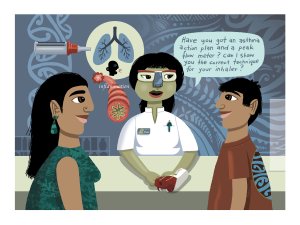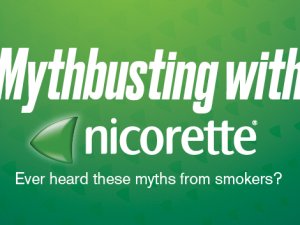Academic pharmacist Nataly Martini discusses the medical management of asthma in adults and adolescents, which has evolved to prioritise early anti-inflammatory treatment. She also explains how to improve patient outcomes by proactively identifying poor asthma control and supporting equitable access to education and treatment
Rongoā Māori: The road to reclaiming its place in health
Rongoā Māori: The road to reclaiming its place in health
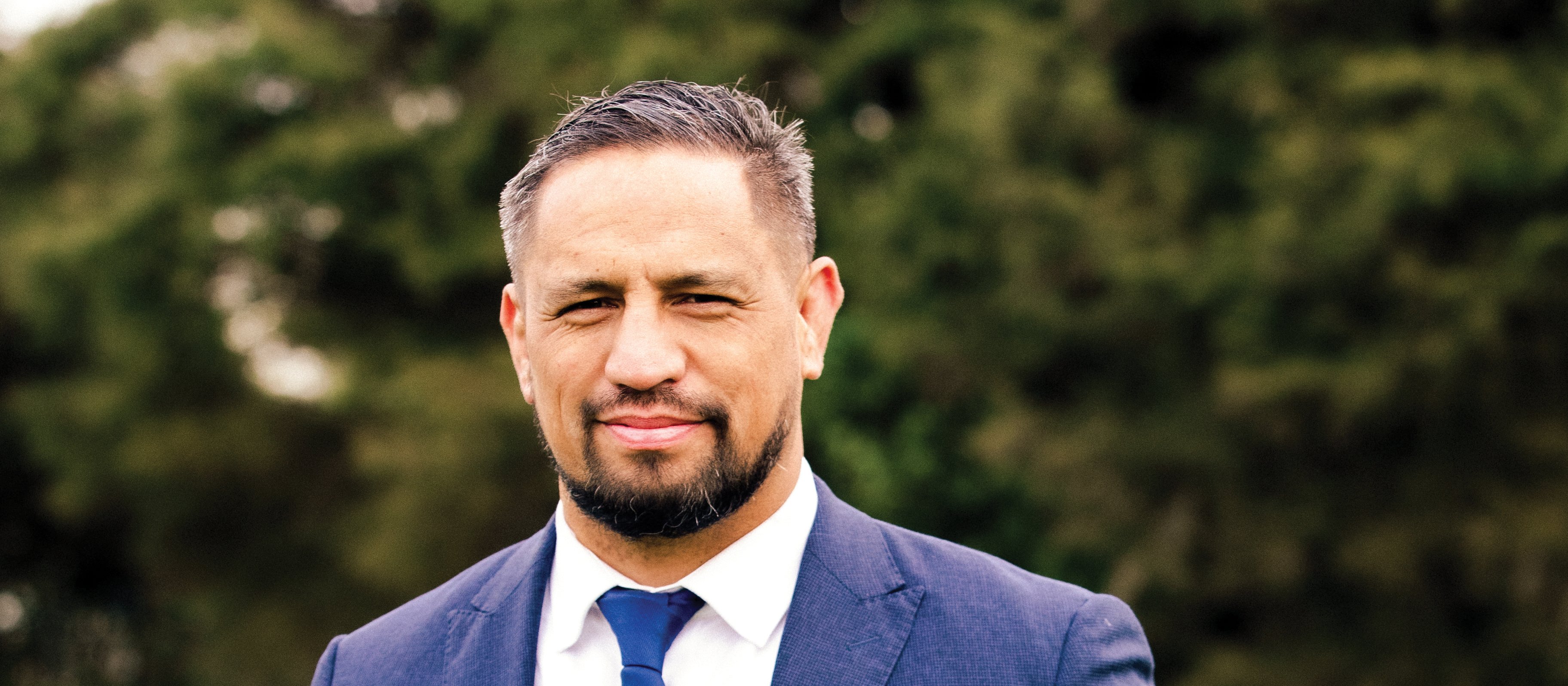
Here at Pharmacy Today we are on our summer break! While we're gone, check out Summer Hiatus: Stories we think deserve to be read again! This article was first published on 1 August.
The traditional healing system of Māori rongoā is undergoing a renaissance after decades of being suppressed and dismissed as quackery.
With the Government increasing rongoā contracts in the mainstream health system, Māori health leaders are pleased to see that the time for indigenous healing methods has come.
The system of rongoā – which works within the pillars of wairua (spiritual), taha hinengaro (psychological and emotional), tinana (physical and whānau, culture, family, environment and community) – includes herbal remedies, physical therapies and spiritual healing. It is passed down orally through tohunga (an expert healer). Through the rongoā lens, illness is a sign of imbalance with nature which once identified, can be treated spiritually and/or physically.
Examples of some of the therapies including using herbs, mirimiri (massage), and rituals such as pūrākau story-telling) and karakia (prayers, chants or incantations).
Early in the 20th century, rongoā was seen as “unsafe and an impediment to Māori progress by the medical fraternity”, according to Best Practice Advocacy Centre New Zealand (BPAC). This resulted in the Tohunga Suppression Act 1907 – supported by the four Māori members of Parliament at the time – which resulted in rongoā going underground. The act was eventually repealed in 1962.
Since then, according to BPAC, rongoā has been slowly remerging in mainstream medicine. In 1995, rongoā services were offered to regional health authorities and in 1999, the Ministry of Health published a set of standards for traditional Māori healing.
John Whaanga, deputy director general Māori health directorate at the ministry, says mātauranga Māori (knowledge) is not science, nor does it need to be.
Speaking at the Tū Mai Rongoā Māori Online Symposium in June, he says the health system needs to recalibrate to turn the tide on poor outcomes for Māori. Mr Whaanga (Ngāti Rākaipaaka, Ngāti Kahungunu and Ngāti Rongomaiwahine) adds there are opportunities for mātauranga Māori and science to provide insights and understandings.
“There is huge breadth of work we need to do in Māori health. We must make sure services are safe and appropriate, working alongside the Māori Health Authority to build capability and capacity of Māori to serve themselves.”
Riana Manuel, chief executive of Te Aka Whai Ora – Maori Health Authority, also spoke at the Tū Mai symposium and said more rongoā contracts will be rolling out across the health system in order to develop a workforce, service capacity and health literacy around the system.
“Like so many things with colonisation, we lost so much over time, including healing strategies like rongoā,” says Ms Manuel (Ngāti Pukenga, Ngāti Maru, Ngāti Kahungunu). “This is about reintroducing people to ourselves – our very sense of being.”
Ms Manuel is a former nurse and chief executive of Hauraki PHO and Te Korowai Hauora o Hauraki. She says the authority will work with kaupapa Māori providers so that rongoā can sit side by side with western models of medicine.
She uses the example of rongoā practices already being used in a hospital setting in Hauora Hokianga. At Rawene Hospital, rongoā healers practise in the marae attached to the hospital, and 10 of the hospital staff have trained in the system so they can support their patients and colleagues.
“From these examples, we can take great innovations, learning and opportunities and flood it throughout Aotearoa,” Ms Manuel says.
We know that it has reduced pain, the need for medication and gives an increased quality of life and wellbeing
Over the past two years, over 2000 people have accessed rongoā Māori services through ACC.
Speaking at the Tū Mai symposium, Eldon Paea, Māori health manager at ACC, told the audience that over the last couple of years, 15,204 rongoā sessions were funded, with 71 per cent of people no longer needing ACC support afterwards.
Mr Paea (Ngāti Kahungunu, Ngā Puhi, Ngāti Porou) says rongoā has created better access to ACC for Māori with 19 per cent of those new to ACC choosing a rongoā pathway of care. The system is also popular with non-Māori, with 37 per cent opting for the service.
“Rongoā provides an entry point for whānau to re-engage with the health system many Māori had given up on. It enables them to have ownership of health – a control over body and wellbeing. We know that it has reduced pain, the need for medication and gives an increased quality of life and wellbeing.”
In the draft Therapeutic Products Bill, which will replace the Medicines Act 1981 and is due to be presented to Parliament later this year, rongoā must be “recognised and protected” under the Crown’s Te Tiriti of Waitangi obligations.
WHO also advocates the inclusion of traditional healers in national health systems.
We're publishing this article as a FREE READ so it is FREE to read and EASY to share more widely. Please support us and the hard work of our journalists by clicking here and subscribing to our publication and website


